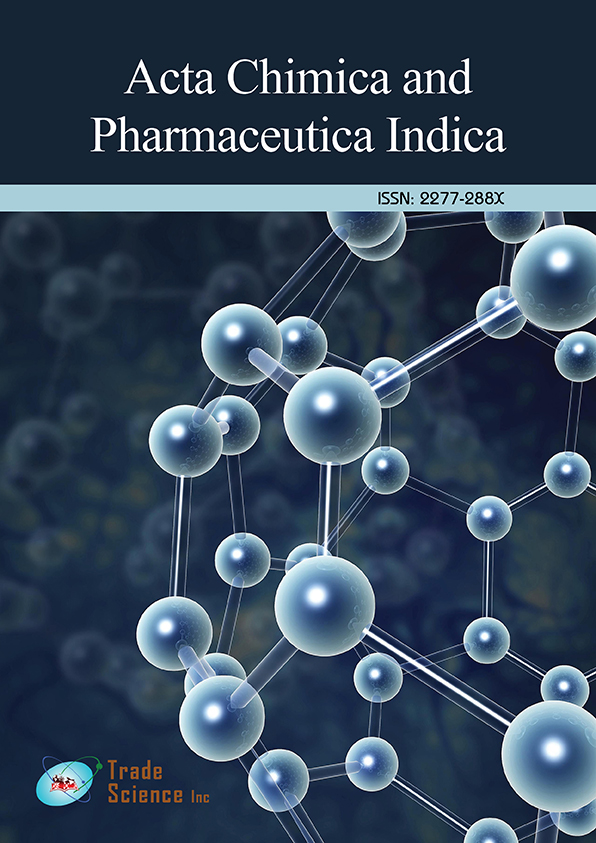Abstract
Evaluation of Carbonized and Surface-Modified Carbon Produced from Nipa Palm (NYPA Fruiticans Wurmb) Leaves for the Removal of 2-(N,N-Dimethyl-4-Aminophenyl)-Azo-Benzene Carboxylic Acid (Dmaba) in Aqueous Solution
Author(s): Pereware Adowei, Ayebaemi Ibuteme Spiff and Augustus Atagba AbiaBatch adsorption technique was used to ascertain the most favorable conditions for the reduction of chemical oxygen demand (COD) of 2-(N,N-Dimethyl-4-aminophenyl)-azo-benzene carboxylic acid (DMABA) in aqueous solution using physically carbonized carbon (PCC) and neutral reagent surface-modified carbon (NAC) obtained from locally available and environment nuisance Nypa fruticans plant. The maximum adsorption capacity in terms of COD reduction of aqueous DMABA was computed by Langmuir adsorption isotherm as 62.57 and 46.11 mg/g for PCC and NAC, respectively. The most favorable agitation conditions at 30oC for the batch adsorption process were 150 rpm and 100 min. The adsorption of DMABA onto PCC and NAC was found to be physisorption, and the overall process assessed by the Gibbs free energy (ΔGo) was to some extent exergonic. The study revealed that Nipa fruticans plant is capable of being transformed into highquality novel carbon for clean-up of synthetic organic chemicals (SOCs) in water and wastewater.
